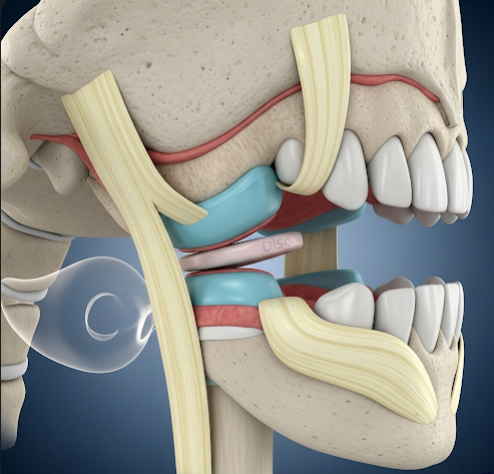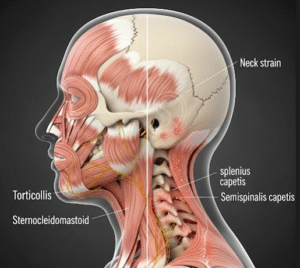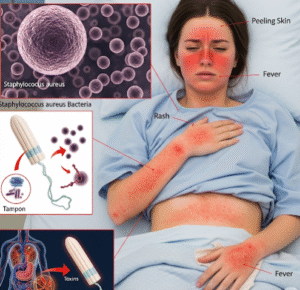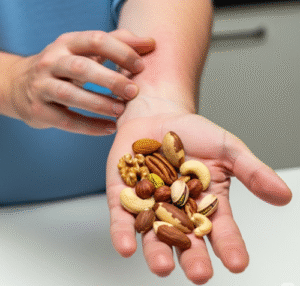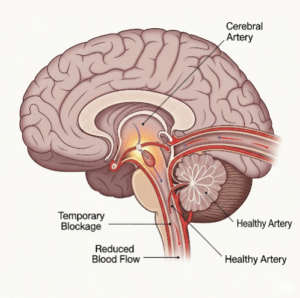Overview
Temporomandibular joint (TMJ) disorders refer to a group of conditions affecting the jaw joint and surrounding muscles, causing pain, restricted movement, and functional impairment. The TMJ connects the lower jaw (mandible) to the skull, enabling chewing, speaking, and other jaw movements. Dysfunction of this joint can significantly affect daily life and quality of life. In South Korea, TMJ disorders are evaluated and treated by specialized dental and maxillofacial clinics using advanced diagnostic tools, conservative therapies, and surgical interventions when necessary, ensuring effective relief and functional restoration.
What is Temporomandibular Joint Disorder?
Temporomandibular joint disorder (TMD) encompasses a spectrum of problems affecting the joint itself, the surrounding muscles, or both. Common features include pain, clicking, popping, or limited jaw movement. TMD can be classified into:
- Muscle-related TMD: Involving the muscles responsible for jaw movement, often caused by overuse or bruxism
- Joint-related TMD: Involving structural abnormalities or degenerative changes in the joint
- Combined TMD: Involving both muscle and joint issues
In South Korea, clinicians employ a multidisciplinary approach, combining dentistry, physiotherapy, and, when needed, surgical evaluation to address all aspects of TMJ disorders.
Symptoms
Symptoms of TMJ disorders may vary in severity and presentation:
- Jaw pain or tenderness, especially around the ear or cheek
- Clicking, popping, or grating sounds when opening or closing the mouth
- Limited range of motion or locking of the jaw
- Headaches, often localized to the temples or behind the eyes
- Ear-related symptoms such as ringing (tinnitus) or a sense of fullness
- Facial pain or discomfort, sometimes radiating to the neck and shoulders
- Difficulty chewing or changes in bite alignment
Symptoms can be intermittent or chronic, and their severity often increases during stress or jaw overuse.
Causes
TMJ disorders arise from a combination of factors affecting the joint and surrounding structures:
- Jaw injury or trauma: Accidents or impact injuries causing dislocation or fracture
- Bruxism: Chronic teeth grinding or clenching leading to joint stress
- Arthritis: Osteoarthritis or rheumatoid arthritis affecting the TMJ
- Malocclusion: Misaligned teeth or bite abnormalities increasing joint strain
- Stress: Psychological stress contributing to muscle tension and clenching
- Connective tissue disorders: Rare conditions affecting joint integrity
South Korean clinics use imaging such as MRI and CT scans to identify the underlying causes and guide personalized treatment.
Risk Factors
Certain factors increase susceptibility to TMJ disorders:
- Chronic bruxism or clenching of teeth
- Poor posture, particularly of the neck and shoulders
- Previous facial or jaw trauma
- Arthritis or other systemic joint disorders
- High levels of stress or anxiety
- Female sex, as studies suggest women are more commonly affected
- Age, typically appearing between 20 and 40 years
Understanding risk factors allows clinicians in Korea to implement preventive and targeted interventions.
Complications
If left untreated, TMJ disorders can lead to a variety of complications:
- Chronic pain affecting daily activities
- Progressive jaw dysfunction and limited mobility
- Increased dental wear or damage due to malalignment and bruxism
- Secondary headaches and migraines
- Psychological distress related to persistent pain and functional limitations
- Difficulty with eating and speaking, impacting nutrition and communication
- In rare cases, degenerative joint disease requiring surgical intervention
Early evaluation and treatment in South Korea significantly reduce the risk of chronic complications.
Prevention
Preventive measures focus on reducing stress and avoiding overuse or injury of the jaw:
- Stress management: Meditation, yoga, and counseling to minimize muscle tension
- Avoiding jaw overuse: Limiting chewing of hard foods, gum, or excessive talking
- Proper posture: Maintaining neck and shoulder alignment to reduce TMJ strain
- Protective devices: Night guards for bruxism to prevent joint stress
- Regular dental check-ups: Early detection of malocclusion or dental issues contributing to TMD
- Physical therapy exercises: Gentle jaw exercises to strengthen and relax the joint and muscles
Korean clinics integrate education and preventive strategies alongside treatment to minimize recurrence and promote long-term joint health.
Treatment Options in Korea
Treatment for TMJ disorders in South Korea is comprehensive and tailored to the individual:
Diagnosis:
- Clinical evaluation including jaw movement, pain assessment, and bite analysis
- Imaging studies such as MRI, CT, or panoramic X-ray to examine joint structures
- Muscle palpation and functional tests to assess muscular involvement
Conservative Treatments:
- Physical therapy: Exercises to improve jaw mobility and strengthen supporting muscles
- Occlusal appliances: Custom-fitted night guards or splints to prevent bruxism and reduce stress on the joint
- Medications: Nonsteroidal anti-inflammatory drugs (NSAIDs), muscle relaxants, or short-term corticosteroids
- Behavioral therapy: Stress reduction techniques and biofeedback for jaw relaxation
Advanced Treatments:
- Injection therapy: Corticosteroid or hyaluronic acid injections for joint inflammation or lubrication
- Arthrocentesis: Minimally invasive procedure to flush the joint and relieve pain
- Surgical intervention: Reserved for severe cases with structural abnormalities, including joint replacement or reconstruction
Supportive Care:
- Pain management and nutritional guidance
- Patient education on lifestyle adjustments and jaw care
- Follow-up monitoring to ensure symptom resolution and prevent recurrence
South Korea’s healthcare system provides multidisciplinary care for TMJ disorders, ensuring patients receive both immediate relief and long-term strategies for maintaining joint health.

